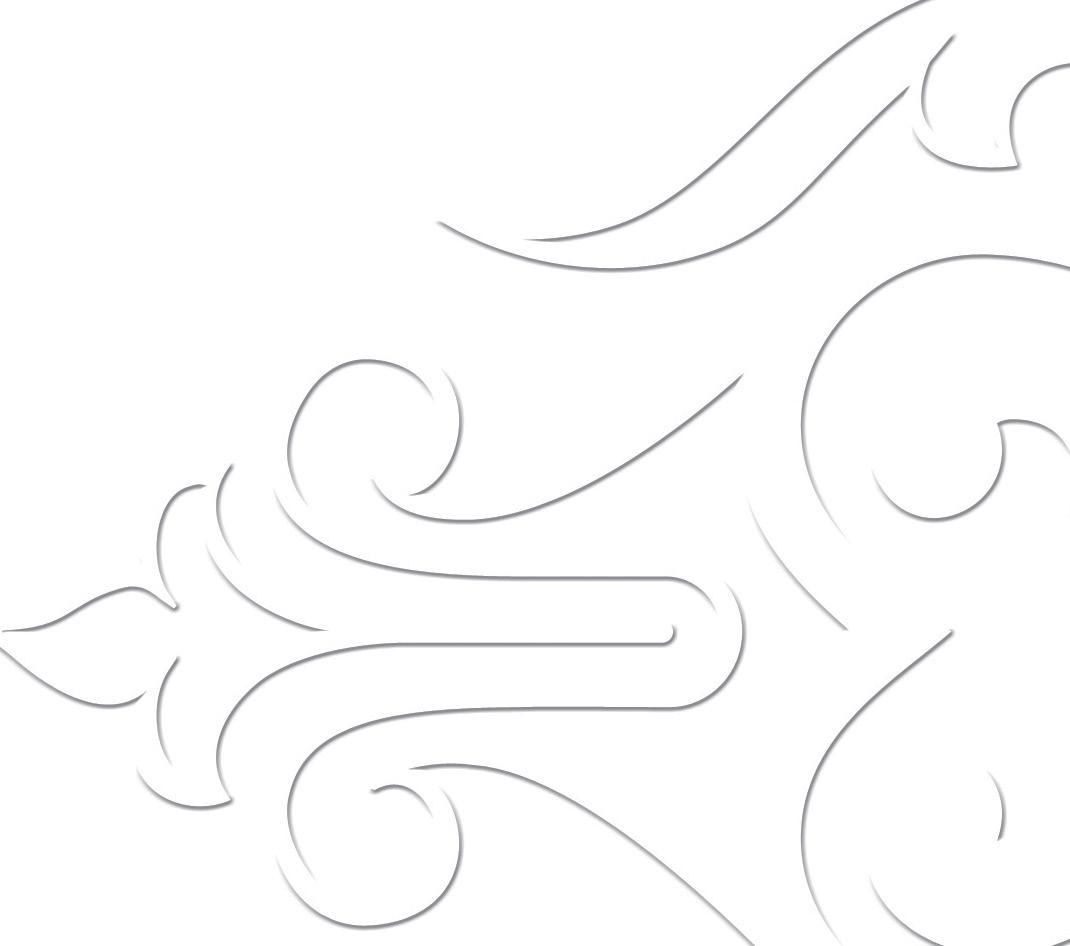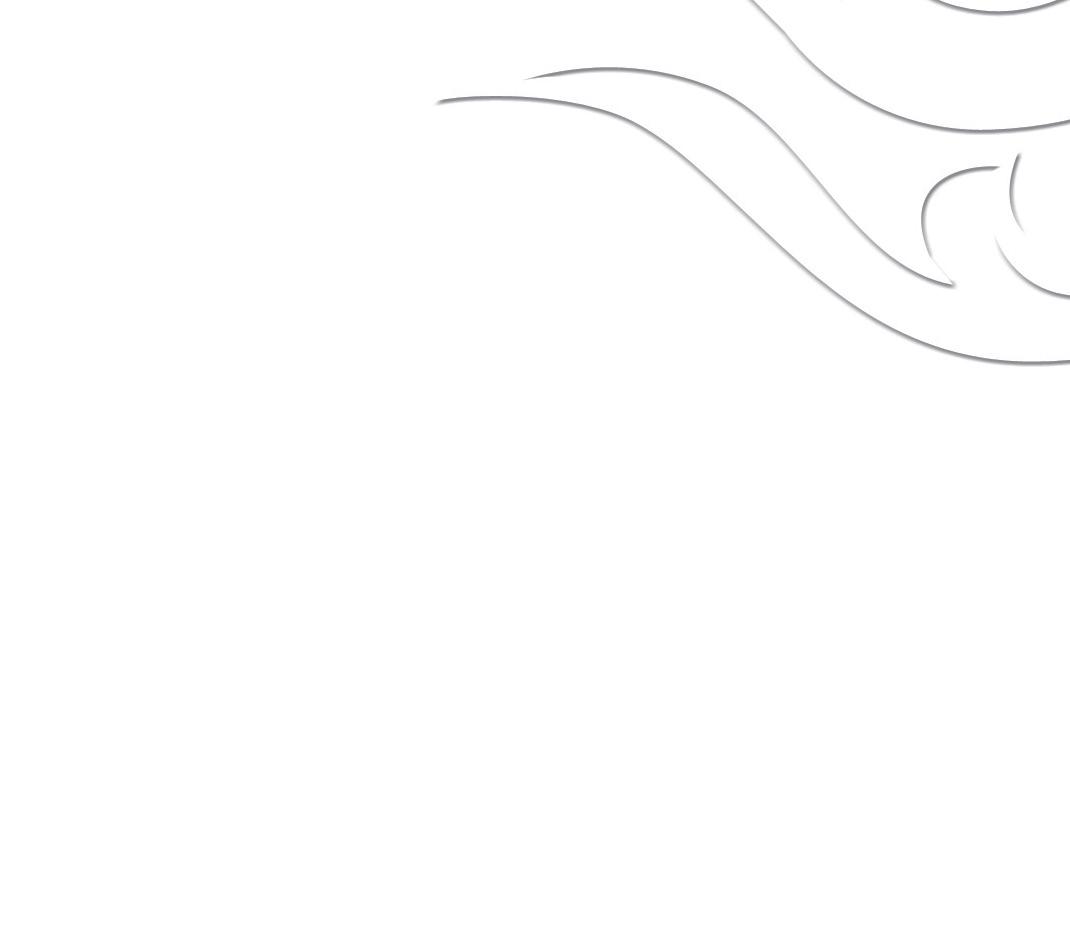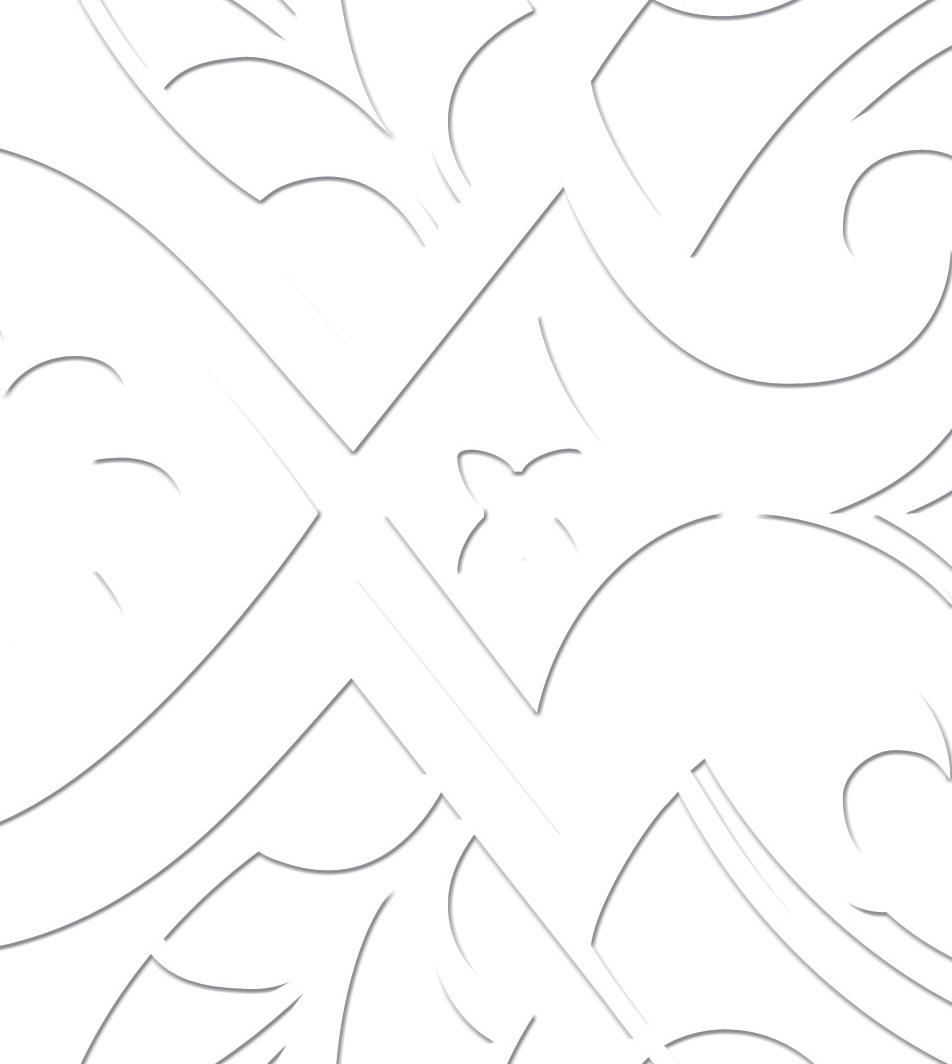MATRE
Inside Out
Concerto for Clarinet and Orchestra
Score








Concerto for Clarinet and Orchestra
Score







Concerto for Clarinet and Orchestra
(2010)
Score
Flute 1
Flute 2 (doubling Piccolo Flute)
Oboe 1
Oboe 2
Clarinet in B b 1
Clarinet in B b 2 (doubling Bass Clarinet)
Bassoon 1
Bassoon 2 (doubling Contrabassoon)
Horn in F 1
Horn in F 2
Horn in F 3
Horn in F 4
Trumpet in C 1
Trumpet in C 2
Trumpet in C 3
Tenor Trombone 1
Tenor Trombone 2
Bass Trombone
Tuba
Timpani
Percussion 1
Crotales
Suspended cymbals (2)
Sizzle cymbal
Tam-tams (3 sizes - large, medium, small)
Gran cassa
Log drum
Woodblocks (2)
Bongos (2)
Sand paper
Metal block
Guiro
Claves
Triangle
Percussion 2
Glockenspiel
Triangle
Tom-toms (5)
Log drum
Metal blocks (2)
Woodblock
Sand paper
Claves
Sleigh bells
Percussion 3
Vibraphone
Triangle Sleigh bells
Gran cassa
Metal block
Temple blocks (5)
Sand paper
Claves
Harp
Piano/Celesta (one player)
Solo Clarinet in B b
Strings
Woodblock (At least 12 - 10 - 8 - 6 - 4)
Two contrabasses need 5-string basses with the lowest string tuned to C)
The score is transposed.
Durata: approximately 24 minutes
Revised March 2013














Dynamic markings with quotation marks indicate the intensity of the performance action and not the resulting absolute volume of the action.
Niente
Flutter tongue
All trills should span a minor second up, unless anything else is indicated by a note in parenthesis. When a trill to the same note is indicated, use an alternate fingering.
Strings: unmeasured tremolo Brass: valve tremolo
Brass and winds: blow air through instrument (no pitch)
Breath accent - use breathing (no tongue) to create the notated rhythm.
Trombones/trumpets: closed harmon mute Horns: stopped horn
Trombones/trumpets: open harmon mute Horns: not stopped
Trombones/trumpets: a quick tremolo effect with the hand rapidly covering and opening the exit of a harmon mute.
Trombones/trumpets: a quick opening (and closing) of the harmon mute
Quarter tone sharp
Quarter tone flat
Strings: tapping tremolo. Hit the middle of the string gently with the right index finger (while fingering the notated pitch).
Multiphonics passages are notated with suggested fingerings and the desired pitches. If the given fingering does not work, the player is encouraged to explore alternatives that will preserve the notated pitches as faithfully as possible.
Concerto for clarinet in
Lunga
Lunga

For more than 200 years, Edition Peters has been synonymous with excellence in classical music publishing. Established in 1800 with the keyboard works of J. S. Bach, by 1802 the company had acquired Beethoven’s First Symphony. In the years following, an active publishing policy enabled the company to expand its catalogue with new works by composers such as Brahms, Grieg and Liszt, followed in the twentieth century by Richard Strauss, Arnold Schoenberg and John Cage.
Today, with its offices in Leipzig, London and New York publishing the work of living composers from around the world, Edition Peters maintains its role as a champion of new music. At the same time, the company’s historic and educational catalogues continue to be developed with award-winning critical and pedagogical editions.
Seit über 200 Jahren steht die Edition Peters für höchste Qualität im Bereich klassischer Notenausgaben. Gegründet im Jahr 1800, begann der Verlag seine Tätigkeit mit der Herausgabe von Bachs Musik für Tasteninstrumente. Schon 1802 kamen die Rechte an Beethovens erster Sinfonie hinzu. In der Folgezeit wuchs der Katalog um neue Werke von Komponisten wie Brahms, Grieg und Liszt sowie – im 20. Jahrhundert –Richard Strauss, Arnold Schönberg und John Cage. Als Verleger zahlreicher zeitgenössischer Komponisten aus aller Welt ist die Edition Peters mit ihren Standorten Leipzig, London und New York auch weiterhin Anwalt neuer Musik. Zugleich wird das Verlagsprogramm im klassischen wie im pädagogischen Bereich kontinuierlich durch vielfach preisgekrönte Ausgaben erweitert.